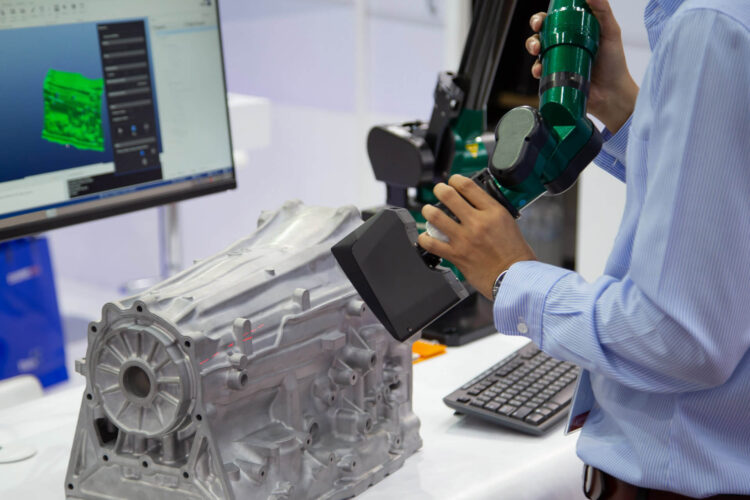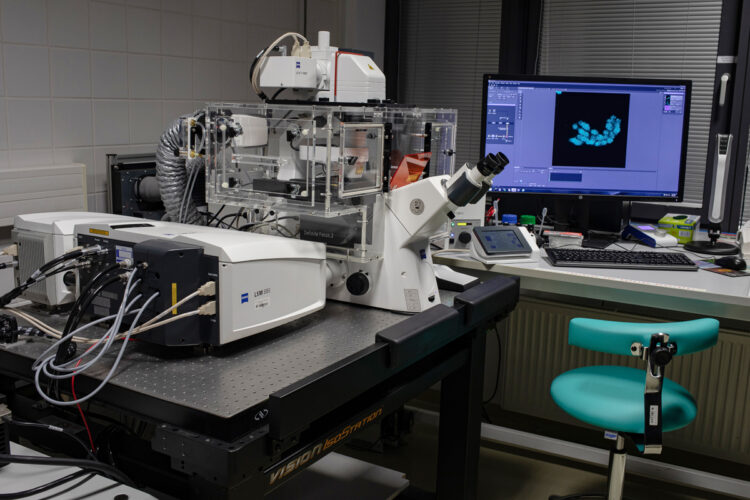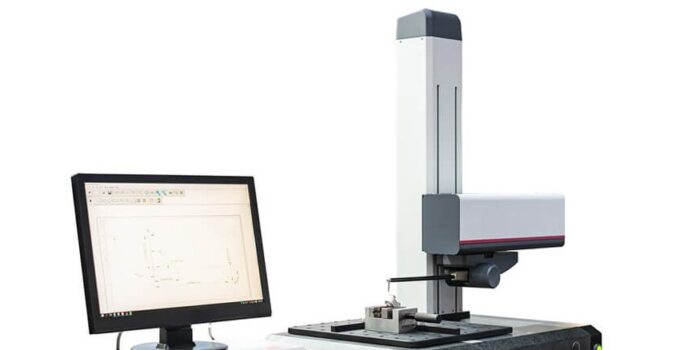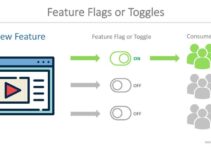Surface roughness refers to the small, finely spaced deviations on a surface’s texture. These deviations result from the manufacturing process and material properties. Surface roughness is usually quantified by the deviations in the direction of the normal vector of the real surface from its ideal form. It plays a crucial role in determining how a part will perform in real-world applications.
In this post, we’ll explore the various techniques used to measure surface roughness.
Page Contents
Which Methods Can Be Used?
There are several methods to measure surface roughness, each with its unique advantages and limitations. Let’s delve into the most common techniques.
1. Contact Profilometry
Contact profilometry is one of the most traditional methods. It involves a diamond-tipped stylus that physically traces the surface. The stylus moves across the surface, recording the vertical displacements, which are then used to calculate the roughness parameters.
Pros
- High accuracy
- Can measure very fine details
Cons
- Can damage delicate surfaces
- Slower compared to non-contact methods
2. Optical Profilometry

Source: infinitalab.com
Optical profilometry uses light to measure surface roughness. It involves projecting light onto the surface and analyzing the reflected light to determine surface features.
Types of Optical Profilometry
- Interferometry ─ Uses the interference of light waves to measure the surface.
- Confocal microscopy ─ Uses a pinhole to eliminate out-of-focus light, providing high-resolution images.
Pros
- Non-contact method, preventing surface damage
- High speed and resolution
Cons
- More expensive equipment
- Can be affected by surface reflectivity and transparency
3. Atomic Force Microscopy (AFM)
AFM provides high-resolution imaging at the nanometer scale. A cantilever with a sharp tip scans the surface, and the deflection of the cantilever is used to create a topographic map of the surface.
Pros
- Extremely high resolution
- Can measure roughness at the atomic level
Cons
- Time-consuming
- Requires careful sample preparation
4. Laser Scanning Confocal Microscopy

Source: cellim.ceitec.cz
This method involves using a laser to scan the surface and a confocal microscope to collect the reflected light. The data is then used to create a three-dimensional image of the surface.
Pros
- High resolution and speed
- Non-contact method
Cons
- Expensive
- Limited by the optical properties of the surface
5. White Light Interferometry
White light interferometry uses the interference patterns created by splitting and recombining white light beams to measure surface roughness. It’s highly accurate and suitable for various surfaces.
Pros
- High accuracy
- Non-contact
Cons
- Can be complex to set up
- Expensive equipment
6. Stylus Profilometry
Similar to contact profilometry, stylus profilometry involves dragging a stylus across the surface. However, modern stylus profilometers use advanced electronics to improve accuracy and reduce damage.
Pros
- Accurate measurements
- Can handle a variety of surfaces
Cons
- Slower than optical methods
- Can damage delicate surfaces
Choosing the Right Method
Selecting the right method for measuring surface roughness depends on several factors:
- Surface type ─ Delicate surfaces may require non-contact methods like optical profilometry or AFM.
- Resolution required ─ If high resolution is needed, AFM or laser scanning confocal microscopy might be the best choice.
- Speed ─ For faster measurements, optical methods are generally preferred.
- Cost ─ Budget constraints might dictate the choice of method, with contact methods typically being more affordable.
In Summary
Surface roughness measurement is not just about ensuring parts fit together correctly; it’s about understanding and controlling the microscopic world to achieve excellence in manufacturing and beyond.





